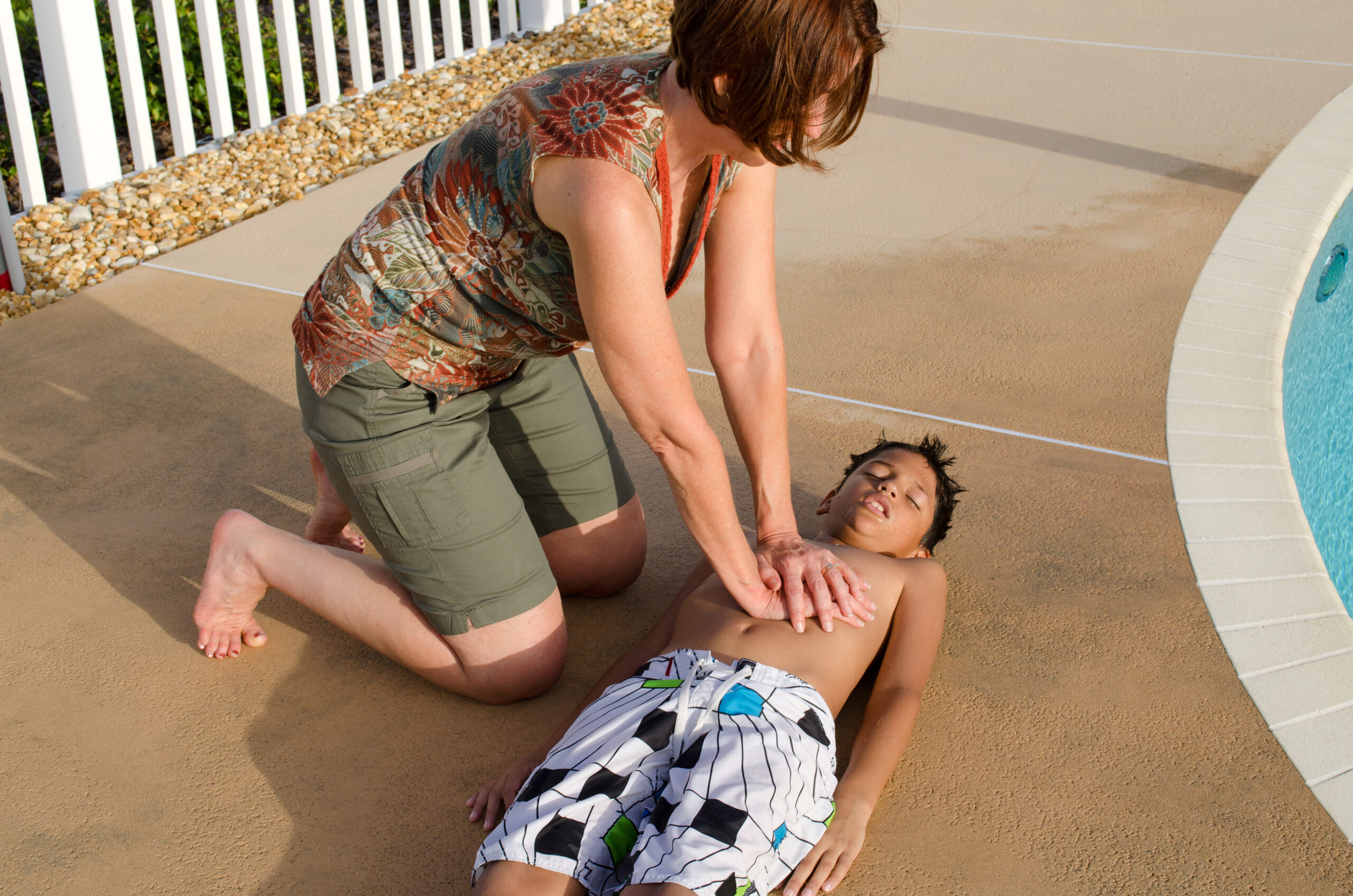Three Pillars for Pediatric Resuscitation Success

By Peter Antevy, MD.
Data from the AHA and the Pediatric Advanced Life Support (PALS) guidelines consistently report neurologic intact survival from pediatric cardiac arrest to be 3% for infants and 10% for children. This pediatric survival data has remained unchanged for decades without a clear vision or path to improved survival statistics. Change is needed and we recommend focusing on the following three pillars in order to achieve success in pediatric cardiac arrest: 1. Bystander CPR, 2. Telephone CPR (T-CPR), and 3. On-scene EMS resuscitation. Using a different lens to evaluate these links in the chain of survival may provide a different perspective, and inform the way forward.
Bystander CPR
In the United States today, children in cardiac arrest have less than a 50% likelihood of receiving bystander CPR. The solution to this dilemma has remained elusive, proving to be a difficult problem to solve; yet correcting it may yield the biggest impact on survival. Resolution of this problem is beyond the scope of this write-up.
Telephone CPR
Often called the ‘first’ first-responders, call-takers are critically important to the survival of those found in cardiac arrest. Time-to-recognition of cardiac arrest and time to hands-on-chest are of critical importance to survival, yet call-taker performance is not being currently measured by these two key performance indicators. The AHA recently released guidelines targeting 1 minute for arrest recognition and 2 minutes for hands-on-chest in high performing systems, yet EMS agencies have yet to incorporate these metrics into their cardiac arrest CQI processes. Furthermore, call takers are “gun-shy” in both the initiation and continuation of CPR in children for reasons that remain elusive, and which require further study. Like adults, children who do not receive CPR prior to arrival of EMS have significantly decreased odds of survival. We therefore advocate that EMS leadership and their communication center counterparts review all pediatric arrest calls within 72 hours to better understand and correct issues that may exist. Every call should, at a minimum, have the 2 KPIs listed above consistently reported as quality metrics to both EMS and Communication Center leadership. Additionally, resuscitation specific education must be provided to call-takers in order to emphasize the rapid initiation of CPR as well as a sustained commitment to continuation, even when distracting information has been obtained.
EMS CPR
The practice of ‘load and go’ remains pervasive in the pre-hospital environment and the reasons for it are deep rooted and complex. High performance CPR is as much a regimented physical process as it is a mental one, with the later strongly linked to on-scene performance. The goal of every resuscitation should be getting each provider to closure, something that can only be accomplished by perfecting the pre-arrival and on-scene sequences. A deliberate pre-arrival discussion is crucial in pediatrics and differs from the adult call, which is primarily non-verbal (due to standardized dosing and equipment sizing). This mental readiness impacts the confidence of EMS professionals prior to arrival on scene and ultimately impacts their ability to initiate high performance CPR in the presence of family and onlookers. A mandatory pre-arrival discussion for pediatric calls arms EMS providers with critical information such as equipment sizing, epinephrine dosing and electrical values and signals team members to, not only stay on scene, but to also stay in their lanes. When performed this way, on scene care can finally resemble that of an adult, therefore minimizing the urge to rush off the scene with a pulseless child. An immediate post-incident review with the medical director, including a review of the 911 audio, strengthens the message of high performance on-scene care, while simultaneously providing a case-by-case evaluation of bystander and telephone CPR. A quarterly report evaluating the three pillars outlined above (bystander – telecommunicator – EMS) will provide a clear view of where the disparities exist and highlight areas for improvement within a given community.
A New Horizon
“Treating kids like we treat adults” is still considered blasphemy mainly due to the medical subspecialization that has occurred in the house of medicine, but particularly in pediatrics. The unchanged pediatric survival statistics are a cry for help, calling out to the lay public and pre-hospital professionals for change. Pediatric resuscitative care desperately needs to realign with its adult counterpart, and this will require a foundational adjustment. Beyond the more difficult bystander issue, telephone CPR and EMS care are the low hanging fruit and can be easily be ‘nudged’ into alignment. A large Florida fire department, Polk County Fire Rescue recently reported sustained survival rates of 35% since implementing enhanced T-CPR, pre-arrival planning of dosing and equipment, and high performance on scene care, a change from 0% the two years prior. The graphic below shows the data beyond what was reported in the study.
Kids in cardiac arrest are no different than adults in cardiac arrest – there we said it – now let’s get to work!

